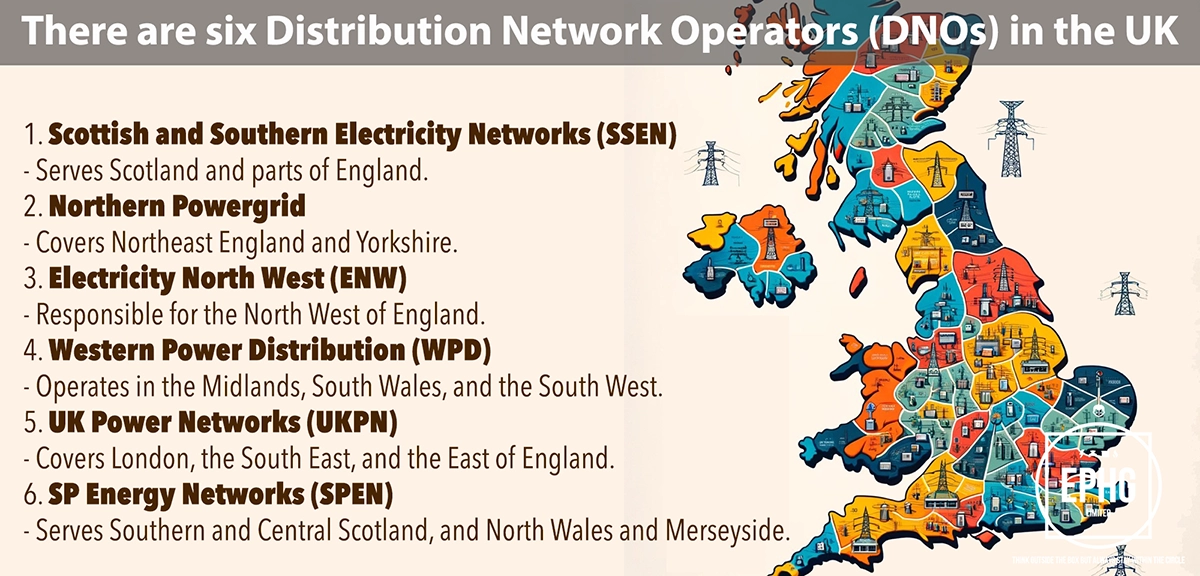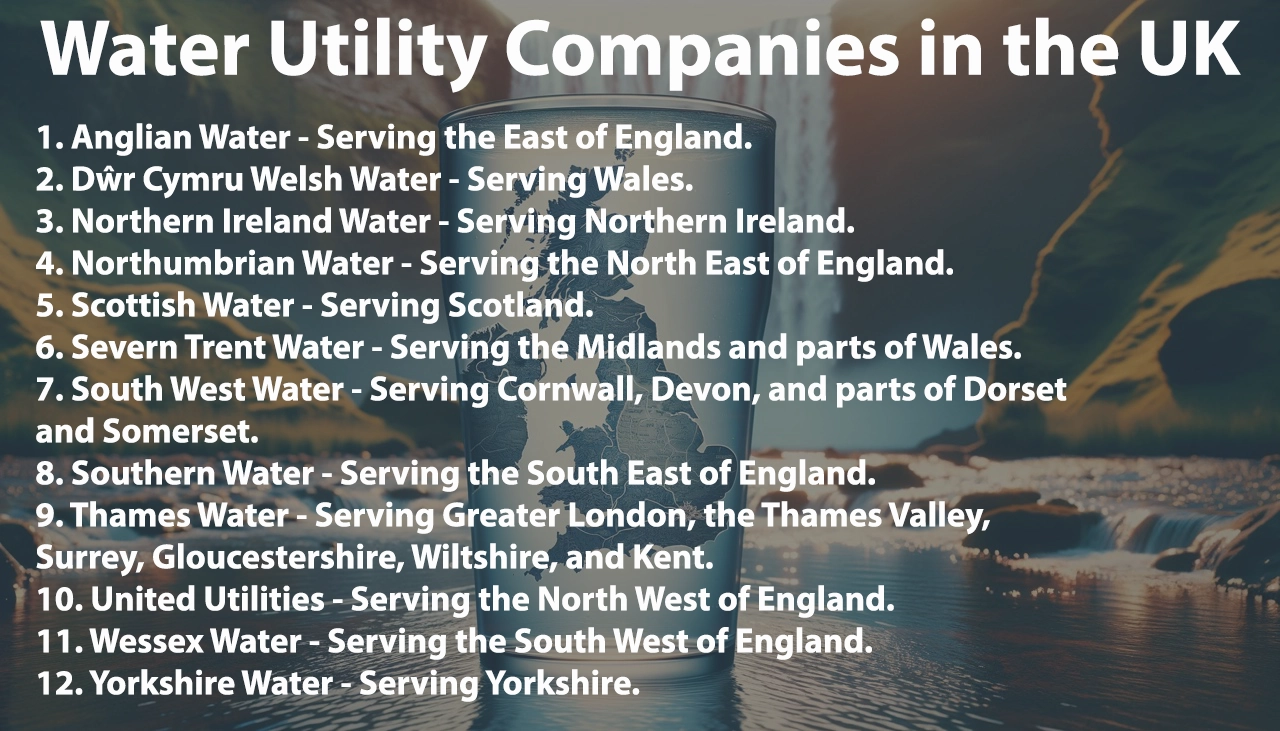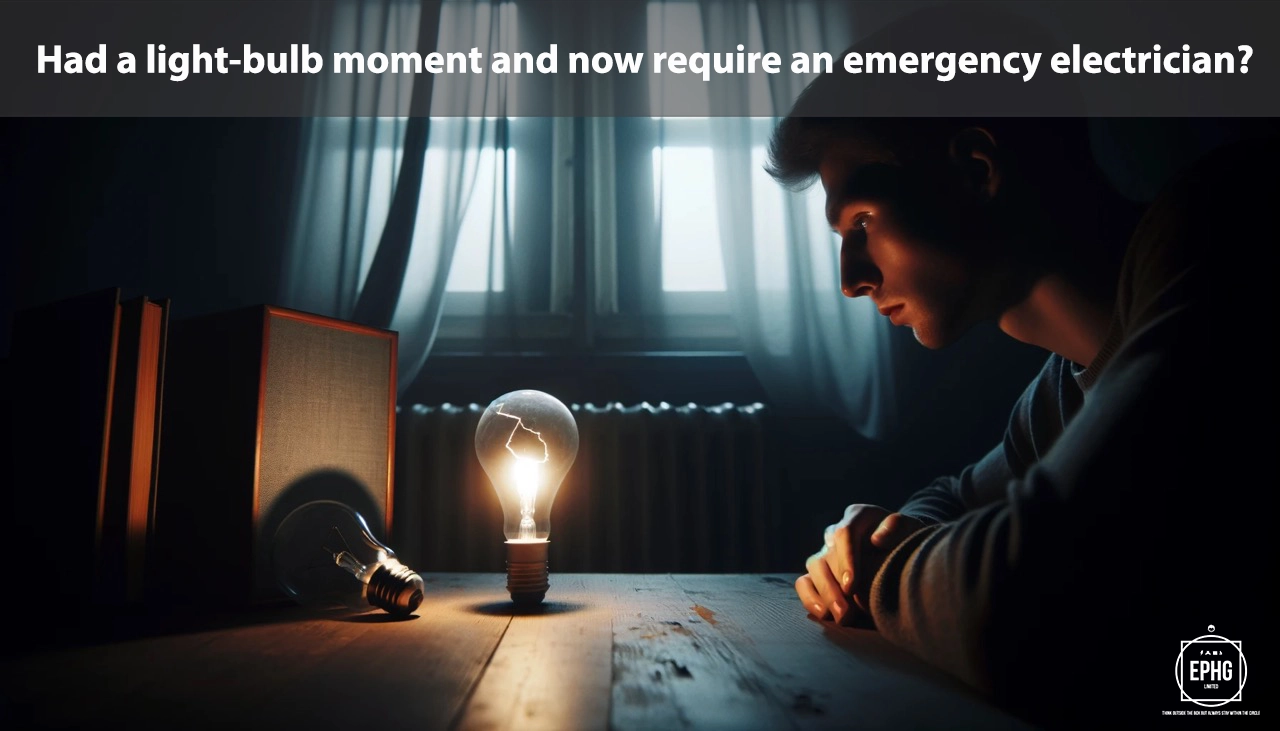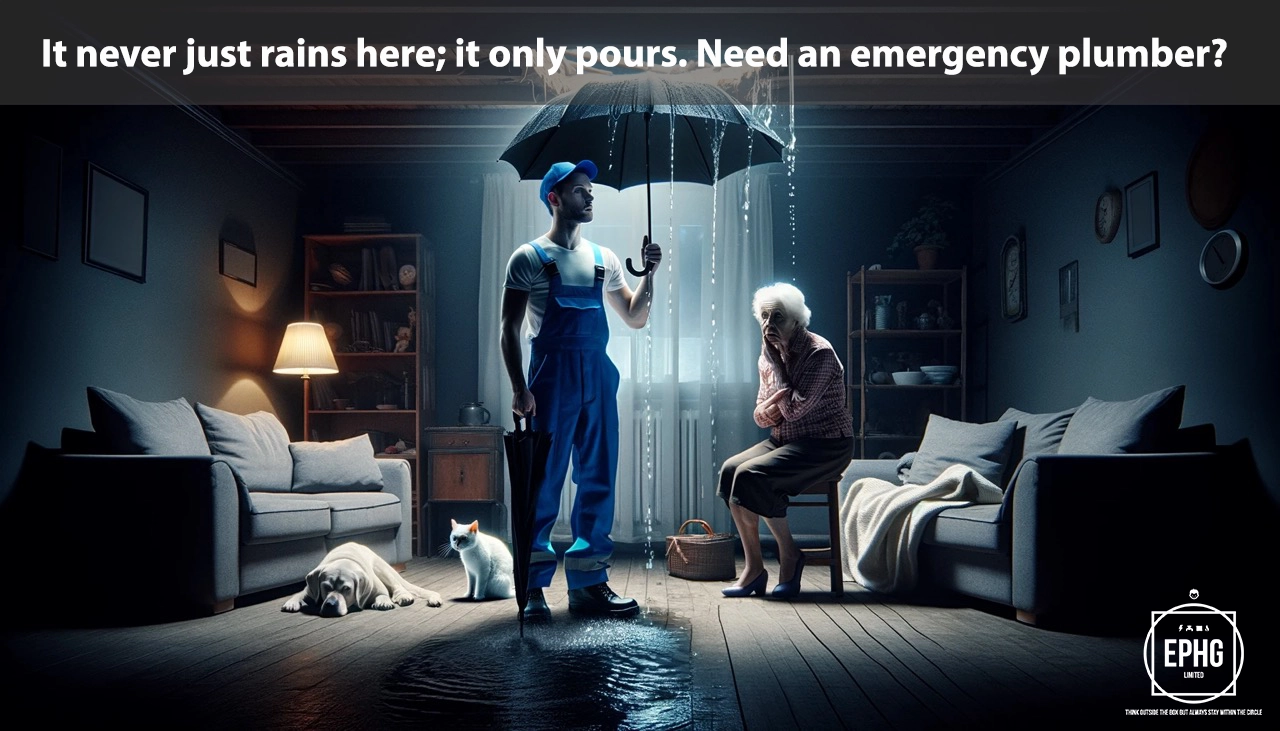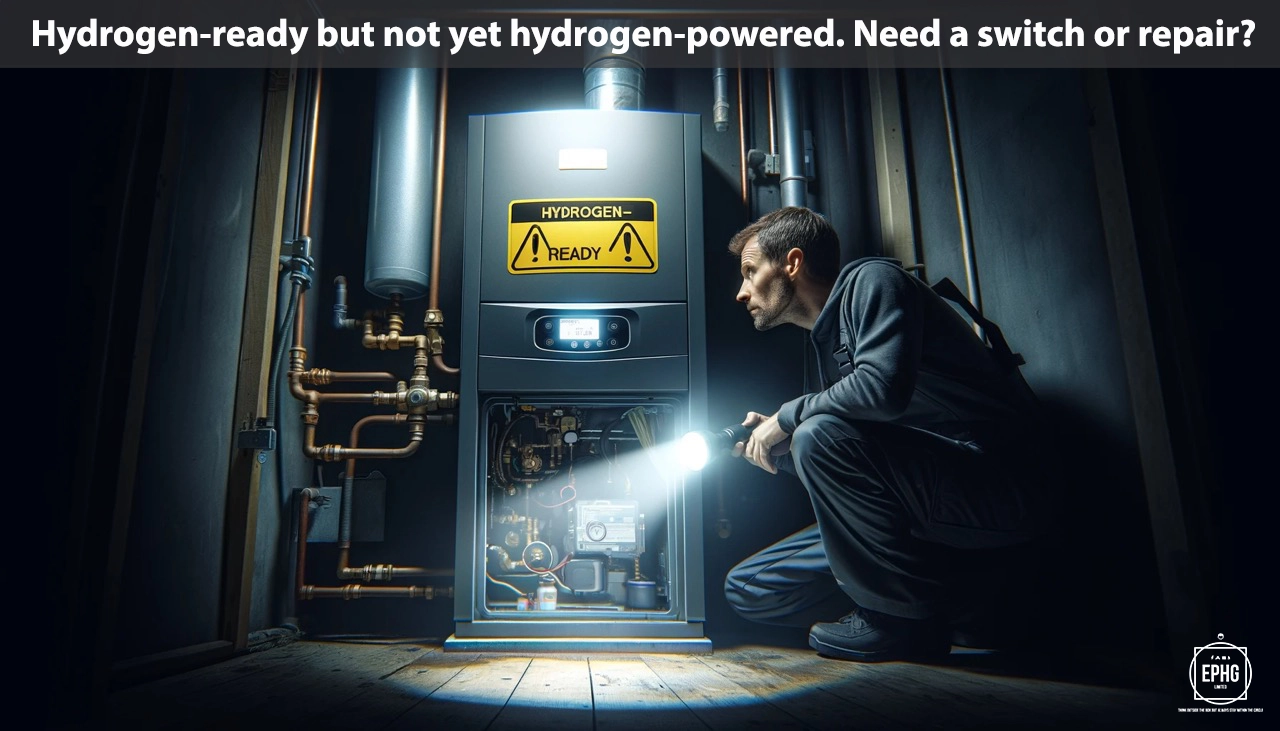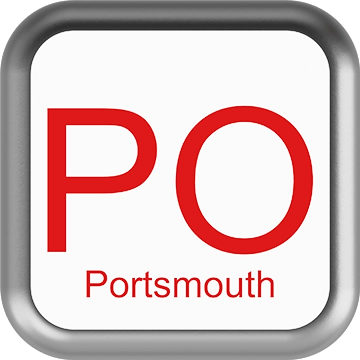
PO Postcodes for Utilities & Services in Portsmouth and Surroundings
Introduction: The PO postcode area, covering Portsmouth and parts of the Isle of Wight, along with surrounding regions, offers a unique blend of urban and coastal settings. Here, we delve into important insights on water and electricity supply, alongside other essential information for residents.
Water in Portsmouth
Where does the water supply come from in Portsmouth and is there ever a shortage of water?
In Portsmouth and its nearby areas, the primary water supply is sourced from the South Downs, with significant contributions from underground aquifers and the River Itchen. Southern Water manages the region's water services, ensuring that treatment processes adhere to high safety standards before distribution to homes and businesses. Although Portsmouth is in a densely populated region with high water demand, efficient management and infrastructure improvements have generally kept the water supply stable. However, like many regions, it faces challenges such as seasonal demand spikes and the impacts of climate change, leading to occasional water usage restrictions. Residents are encouraged to practice water conservation, particularly during the dry summer months, to help maintain the area’s water levels.
What is the hardness & quality of the water in Portsmouth and can this affect your health?
The water in the Portsmouth area ranges from moderately hard to hard due to its journey through chalk and limestone. While hard water is safe for consumption, it contains higher levels of minerals like calcium and magnesium, which can lead to limescale buildup in appliances. The area's water quality is continuously monitored, ensuring it meets all regulatory standards for safety and cleanliness. Although hard water has no adverse health effects for most individuals, it can be less effective when used with soap and may contribute to skin conditions for a minority of residents. Water softeners and filters can mitigate these effects for those concerned. Local authorities remain committed to providing safe, high-quality water to all residents.
Electricity in the PO Postcode Area
Where does the electric supply come from in the PO postcode area and what is the future of energy there?
The electricity supply in the PO postcode area, encompassing Portsmouth and parts of the Isle of Wight among other locations, comes from a diverse mix of sources. Historically reliant on fossil fuels, the area has seen a significant shift towards renewable energy. The Solent and the English Channel provide opportunities for offshore wind farms, while the rural and coastal areas contribute with solar energy installations and potential for tidal energy. The region also explores innovative technologies like battery storage and smart grids to improve energy efficiency and sustainability. Looking ahead, the PO area aims to expand its renewable energy capacity, reduce reliance on fossil fuels, and decrease carbon emissions, aligning with the UK’s broader environmental targets. This transition supports the vision of transforming the area into a leading example of sustainable energy practices.
When is hydrogen coming to gas boilers in the PO postcode area?
The integration of hydrogen energy into the heating sector of the PO postcode area is in alignment with national strategies for a greener, low-carbon future. While the full-scale implementation of hydrogen as a primary fuel for domestic heating is still under development, pilot programs and research are underway, particularly in urban centers where pollution reduction is crucial. Residents can expect gradual changes and should stay informed about new developments. Local authorities and energy providers will likely offer guidance and support as this clean energy transition unfolds, with the ultimate goal of replacing natural gas with hydrogen to significantly cut down on residential carbon emissions.
Where Does the Wastewater Go in the PO Postcode Area
Wastewater management is a critical service in the PO postcode area, crucial for maintaining public health and protecting the marine environment. Urban and rural wastewater is collected and treated at several modern facilities across the region before being safely released. In coastal areas, including Portsmouth and the Isle of Wight, treated wastewater is discharged into the English Channel, adhering to strict standards to ensure the protection of marine life and water quality. Investments in wastewater treatment technology and infrastructure underscore the commitment of the PO area to sustainable environmental practices and the well-being of its communities and natural habitats.
Regions and Services:
The PO postcode area spans a dynamic mix of urban centers, historic towns, and picturesque coastal communities. Key regions include:
- Portsmouth City: The heartbeat of urban development in the area, showcasing sophisticated electrical and gas infrastructures alongside modern water services.
- Gosport, Fareham, and Havant: Towns blending historical character with contemporary services, reflecting their unique cultural and economic histories.
- Ryde, Newport, and Cowes on the Isle of Wight: Communities known for embracing sustainable living, with a growing emphasis on renewable energy sources and eco-friendly practices, enhancing their traditional seaside charm.
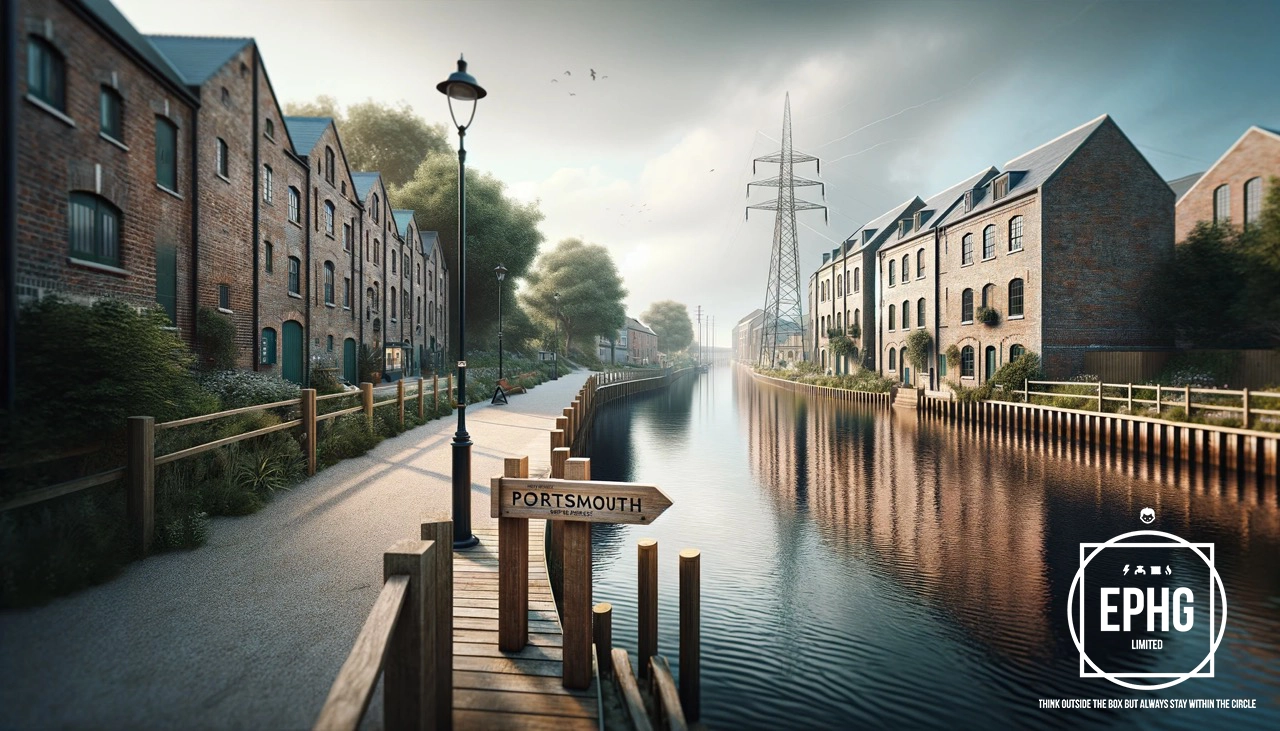
Regions within the PO Postcode
Portsmouth City
- PO1: Portsmouth City Centre, Old Portsmouth, Portsea
- PO2: North End, Hilsea, Fratton
- PO3: Hilsea, Copnor, Anchorage Park, Milton
- PO4: Southsea, Eastney
- PO5: Southsea
- PO6: Cosham, Drayton, Farlington
Surrounding Areas and Towns
- PO7: Waterlooville, Denmead, Purbrook
- PO8: Clanfield, Cowplain, Horndean
- PO9: Havant, Rowlands Castle
- PO10: Emsworth, Westbourne, Southbourne
- PO11: Hayling Island
- PO12: Gosport, Alverstoke, Hardway
- PO13: Lee-on-the-Solent
- PO14: Fareham, Hill Head, Stubbington, Titchfield
- PO15: Fareham, Titchfield, Whiteley
- PO16: Portchester
- PO17: Wickham
- PO18: Chichester (part), Boxgrove, Funtington, South Harting
- PO19: Chichester (part), Fishbourne, Westhampnett
- PO20: Selsey, East Wittering, West Wittering
- PO21: Bognor Regis, Aldwick, Pagham
- PO22: Bognor Regis (part), Barnham, Eastergate, Westergate
- PO30: Newport, Isle of Wight
- PO31: Cowes, Gurnard, Northwood
- PO32: East Cowes, Whippingham
- PO33: Ryde, Bembridge, Seaview, Brading
- PO34: Seaview
- PO35: Bembridge
- PO36: Sandown, Brading, Lake
- PO37: Shanklin
- PO38: Ventnor, Blackgang, Chale, Niton
- PO39: Totland Bay, Alum Bay
- PO40: Freshwater
- PO41: Yarmouth
